Global warming Explained: Natural and Anthropogenic
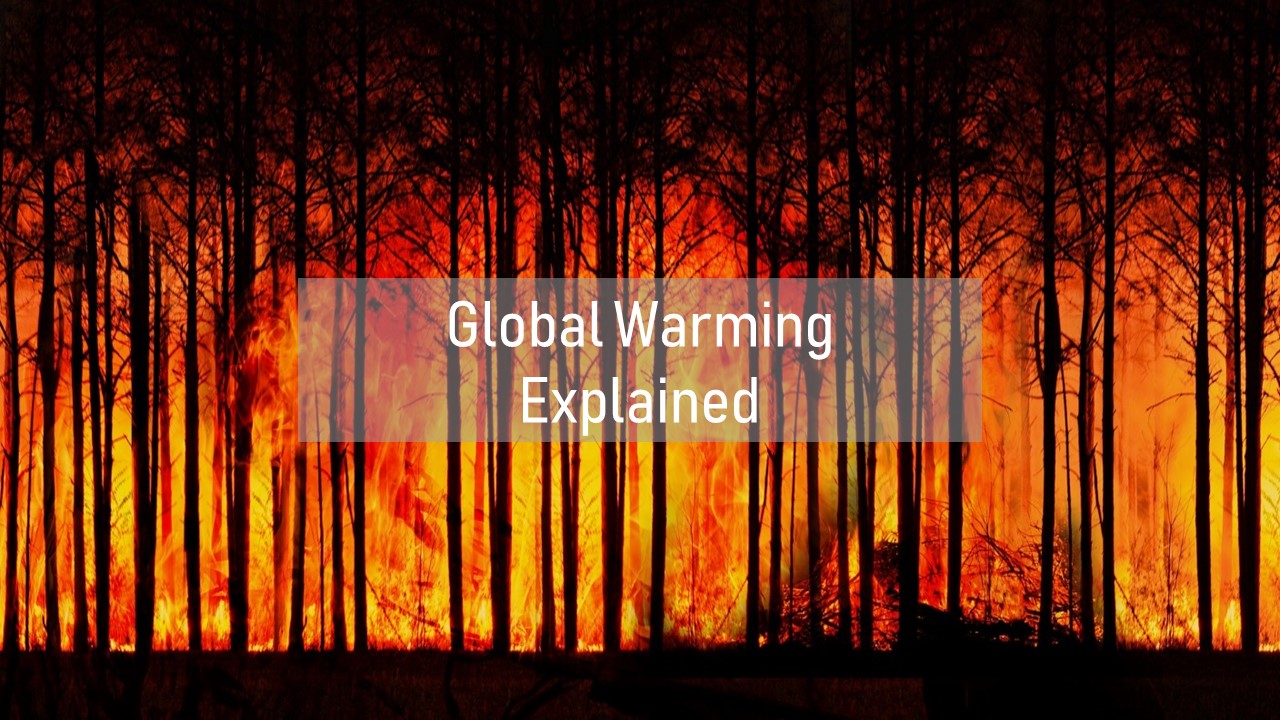
Global warming is now a term that we often hear. But what exactly is it?
Global warming definition
The IPCC Special Report on Global Warming of 1.5°C (2018) defines global warming as
‘an increase in multi-decade global mean surface temperature above pre-industrial levels’ and
more specifically as ‘an increase in combined surface air and sea surface temperatures averaged over the globe, over a period of 30 years.’
So basically, global warming is a global average increase in temperature both on land and in the oceans. The same report also states that global temperature has been increasing by 0.2°C every decade. In 2017, human-induced temperature rise reached around 1°C above pre-industrial levels (period 1850-1900).
Right now, the average global temperature is rising more rapidly on land than in oceans. Researchers also estimate that 20-40% of the global human population has now experienced greater warming of above 1.5°C above pre-industrial levels in at least one season.
The chart shows the global average temperature from 1850 to 2019. By Hannah Ritchie and Max Roser from OurWorldinData
How does global warming occur
Natural greenhouse effect
A layer of gas, the atmosphere, surround the Earth. This atmosphere plays a very important role in protecting the planet against the harmful rays of the Sun. It consists basically of carbon dioxide, methane, nitrous oxide and tropospheric ozone amongst others. We also call them greenhouse gases as they can trap heat.
So, when solar radiation reaches the Earth, some of it is reflected back into space because of our atmosphere. The rest of the energy is absorbed by the land and the oceans. And heat that the Earth does not absorb goes back into space.
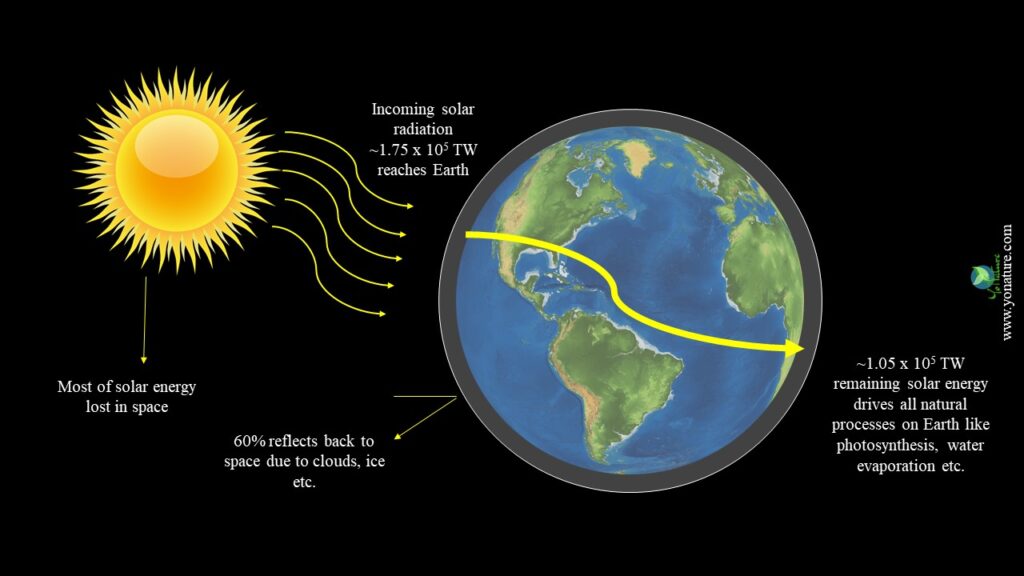
But during this process, our greenhouses gases also trap some of the heat here on Earth. We call this phenomenon the greenhouse effect. It is in fact a very important process that helps to maintain an adequate temperature on Earth to sustain life.
Anthropogenic greenhouse effect
Throughout the billions of years that the planet Earth has existed, there has been a lot of temperature shifts from ice cold to very hot. Yet, the planet has always returned back to a more or less stable temperature. This process took millions of years, thus allowing life to develop and evolve over different time scales.
Today, however, the temperature on Earth is increasing alarmingly. Scientists contend that this is mainly due to human activities that consume a lot of fossil fuels. More specifically to carbon dioxide. Various human activities that depend on fossil fuel in fact release it. As we lost a large part of tree cover, carbon dioxide hangs around. It inevitably leads to an increase in energy content on the planet and a rise in temperature.
Dangerous greenhouse gases in Earth’s atmosphere
Basically, 4 dangerous greenhouse gases exist. While they exist naturally in the environment, today our activities are releasing too much of them. They are carbon dioxide, methane, nitrous oxide and fluorinated gases.
Carbon dioxide
Carbon dioxide (CO2) is the number one gas that is causing global warming today. We emit it when we burn fossil fuels and manufacture cement. But trees naturally absorb it at night releasing oxygen. Unfortunately, we have cut down a lot of trees. Hence, carbon dioxide stays in the air longer until it gets to the atmosphere.
Methane
Methane is a very powerful greenhouse gas as it absorbs more energy than carbon dioxide. It forms during the production and transport of fossil fuels. And it also comes from agricultural practices like farming. Today, where trees have been cut, there are large meat farms. As cattle release a lot of methane during their digestive processes, it also accumulates in the atmosphere.
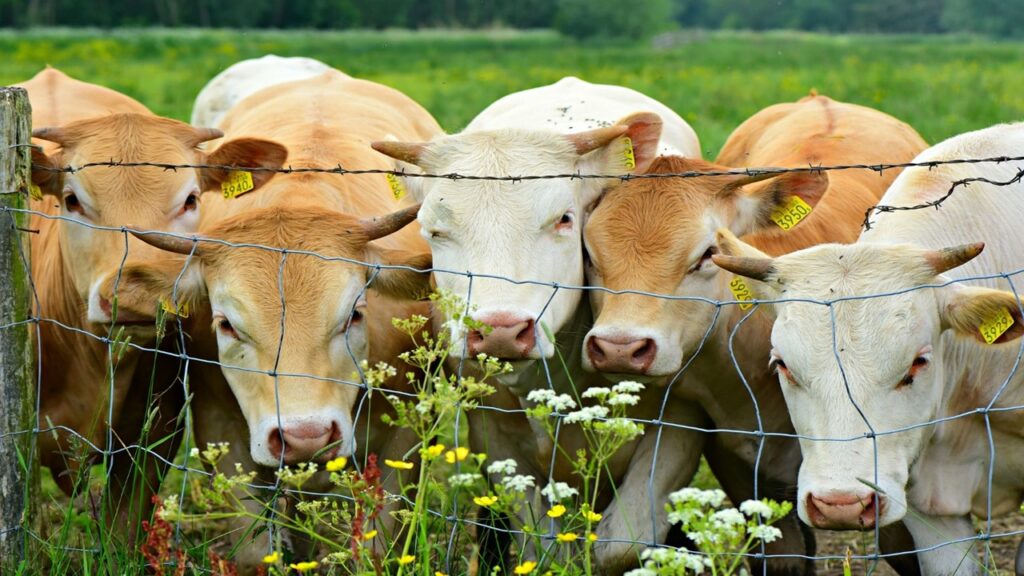
Nitrous oxide
Nitrous oxide generally comes from land use changes, industrial activities and combustion of fossil fuels. It can stay in the atmosphere for at least 100 years.
Fluorinated gases
Fluorinated gases include hydrofluorocarbons, chlorofluorocarbons and the like. They are very potent greenhouse gases that stay in the atmosphere for thousands of years. Fluorinated gases basically come from industrial activities.
Deforestation and global warming
Trees are actually very important carbon sinks that absorb some 2.5 billion metric tons of carbon dioxide on Earth. However, the IUCN declares that since the 1960s, more than half of the world’s tropical forests have been destroyed. Additionally, around 3.7 million hectares of forest in Europe is in dreadful condition. By clearing so much of our forest for agriculture and development, we permitted carbon dioxide levels to rise in the atmosphere.
Past carbon dioxide levels
The IPCC states that between 600 and 400 MYr BP and 200 and 150 MYr BP, there were very high amounts of carbon dioxide on Earth sometimes, sometimes exceeding 3000 ppm.
Over the years, due to many natural processes, the amount of carbon dioxide eventually decreased. According to geochemical evidence, scientists estimate that the concentrations of carbon dioxide were as low as less than 300 ppm some 20 Myr BP.
By analyzing trapped bubbles in the Vostok ice core, carbon dioxide concentrations for the past four glacial/interglacial periods have been measured. Thus, during glacial periods the amount of carbon dioxide was low (less than 180 ppm) and as high as 300 ppm during interglacial periods. In the Holocene minimum some 8 thousand years ago, the amount of carbon dioxide was about 260 ppm. It then increased to 280 ppm during the pre-industrial period.
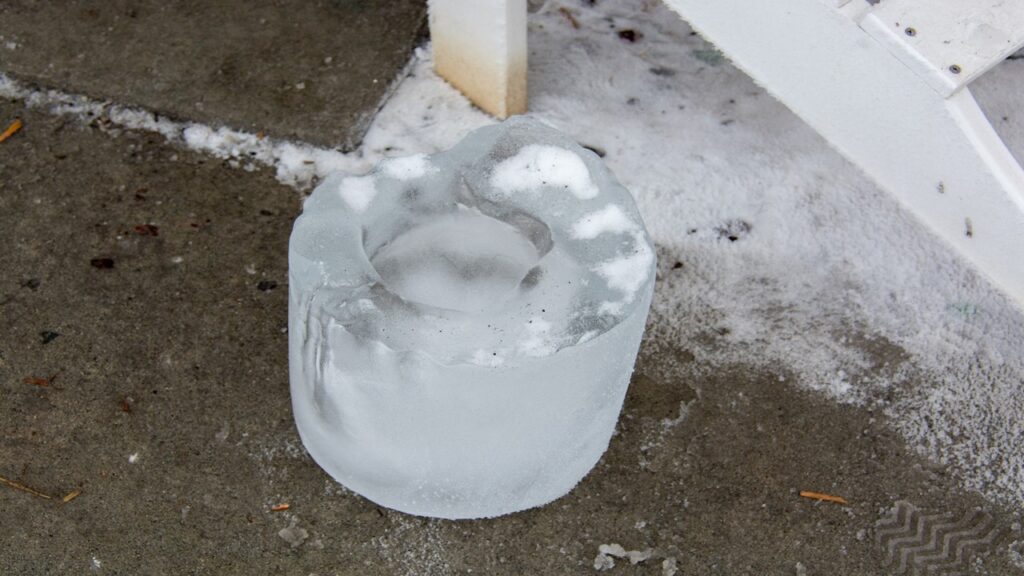
Present carbon dioxide levels
In 2018, the amount of carbon dioxide level on Earth reached a record of 407 ppm. Scientists strongly believe that the carbon dioxide level today is higher compared to the past 420, 000 years. They also affirm that present-day carbon dioxide rise over the past century is faster by an order of magnitude than what has been happening over the past 20,000 years based on the Vostok record and the Antarctic climate.
While in the 1960s we released carbon dioxide at a rate of 0.6 ppm per year, today it has almost quadrupled to 2.3 ppm per year. This rate of increase seems to be about 100 times faster compared to what we observe since the end of the last ice age.
Global warming in the future
Natural global warming occurred several times in the past due to natural processes like volcanic eruptions. Yet, global warming this time is leading to a series of changes on the Earth that is affecting human life and activities. It is stimulating climate change at a faster rate.
Many nations in the world are now facing issues like drought, sea-level rise, increased frequency and intensity of cyclones. If we don’t do anything to lower our greenhouse gas emissions, the level may well reach 900 ppm by 2100. And it would result in a temperature increase in the range of 3°C and 6°C.
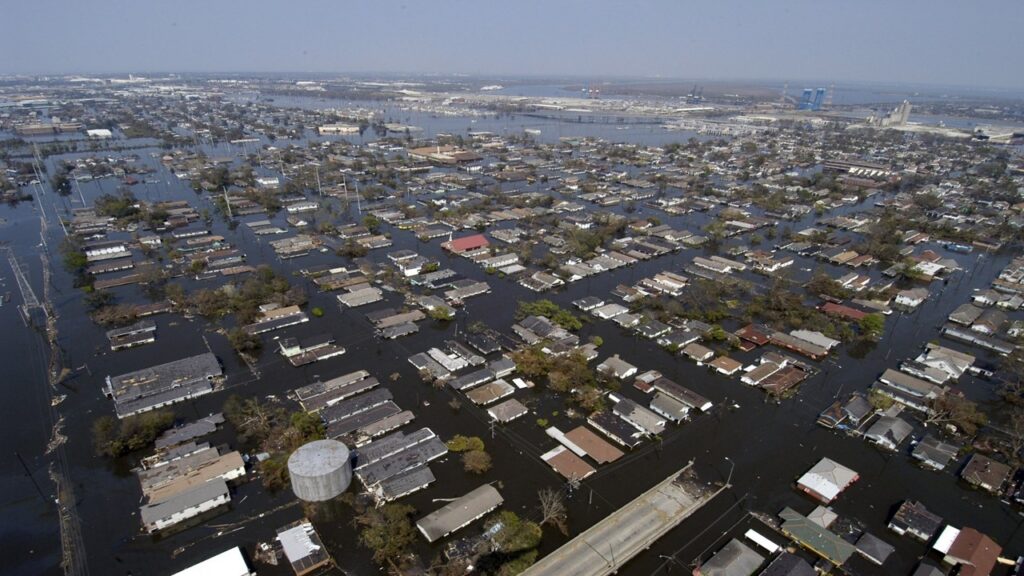

Pingback: Positive and Negative Impacts of COVID-19 - Yo Nature
Pingback: Green Living: 10 Best Ways to Live a Green Life - Yo Nature
Pingback: Wildfires Explained: Types, Causes and Examples - Yo Nature
Pingback: 14 simple ways to reduce your ecological footprint - Yo Nature
Pingback: Flooding Explained: Types, Causes and Examples - Yo Nature
Pingback: Green insurance: Meaning, Products, Benefits - Yo Nature
Pingback: Extreme Weather: Flash floods become frequent in Mauritius - Yo Nature
Pingback: Solar Energy Explained: Advantages and Disadvantages - Yo Nature
Pingback: Positive effects of sea-level rise - Yo Nature
Pingback: Climate change: Natural and Anthropogenic causes - Yo Nature
Pingback: The forests of Mauritius - Yo Nature
Pingback: Rainwater harvesting – saving water in Mauritius - Yo Nature
Pingback: The negative impacts of humans on the environment - Yo Nature